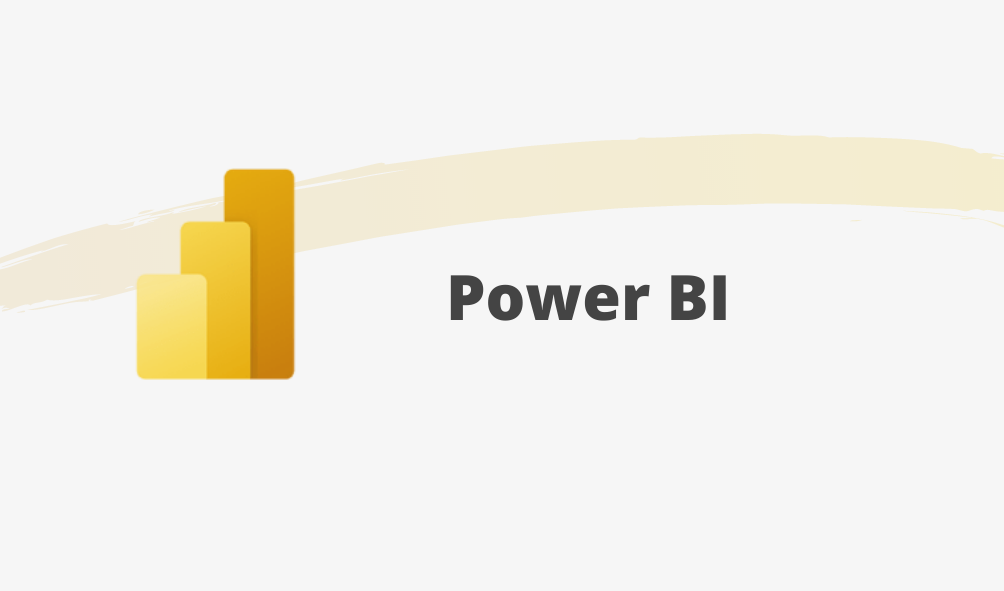Data lakes are a powerful tool for storing and analysing large amounts of data, but they can quickly turn into data swamps if they’re not managed properly. A data swamp is a data lake that is full of disorganised, dirty and unused data. This can make it difficult and expensive to find and use the data you need.
Why your data lake becomes a data swamp
There are several challenges that can cause a data lake to become a data swamp. One common challenge is a lack of data governance. Data governance is the process of managing data throughout its lifecycle, from creation to destruction. Without proper data governance, it can be difficult to keep track of where data came from, what it means, and how it should be used.
Another challenge is a lack of data quality. Data quality refers to the accuracy, completeness, and consistency of data. Dirty data can lead to inaccurate and misleading results from data analysis.
The third challenge generally facing data lakes is too much data. Rather than identifying what data you need and storing that, organisations are putting everything they have into their data lake without considering if they would ever need or use that data. This pushes the storage costs up and fills your data lake with unused data.
Finally, data lakes can also become data swamps if they’re not used regularly. When data is not used, it can become stale and irrelevant. This can make it difficult and expensive to clean and analyse the data when it is needed.
Improving your data lake
Here are a few tips for improving your data lake and preventing it from becoming a data swamp:
- Implement data governance policies and procedures. This will help you to track and manage your data throughout its lifecycle.
- Establish clear data quality standards. This will help you to ensure that your data is accurate, complete, and consistent.
- Use a data catalogue to organise your data. A data catalogue is a repository of information about your data, such as its source, type, and format. This will make it easier to find and use the data you need.
- Regularly clean and analyse your data. This will help you to remove stale and irrelevant data, and to identify and fix any data quality issues.
By following these tips, you can prevent your data lake from becoming a data swamp and ensure that you’re getting the most out of your data. At Bridgeall we help organisations build data platforms and implement good data governance to help reduce the cost of data and save you worrying about data quality. To find out more check out our data governance services here.




